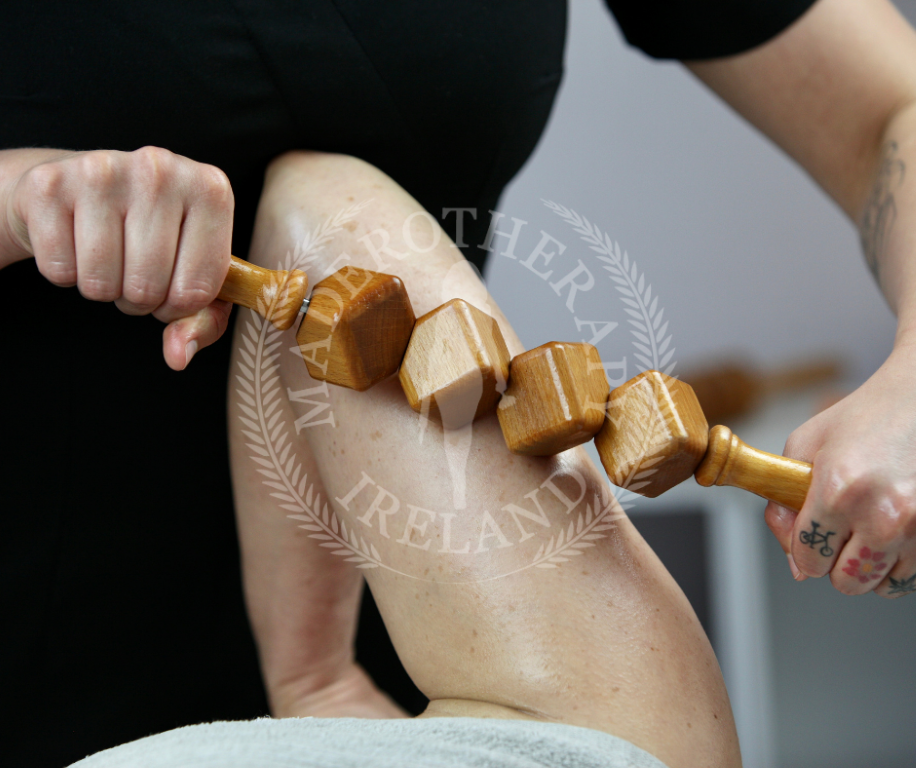SERVICES
Post-surgery recovery maderotherapy massages
Experience your post-surgery recovery painless, safe and improve your final results!

Post-surgery recovery maderotherapy massages:
- Reduces swelling and bruising
- Reduces pain and stiffness
- Increase the level of mobility
- Speeds up recovery process
- Prevents and treats fibrosis and seroma
- Activates lymphatic system
- Shapes the body
You have successfully done your plastic surgery, you’ve had manual lymphatic drainage immediately after the surgery and you have followed your surgeon’s tips but you’re still swollen, feeling stiff and pain, afraid of fibrosis or seroma?
Post-surgical massage treatment is an essential form of therapy but sometimes only regular manual lymphatic drainage isn’t enough to reduce swollen and to prevent fibrosis or break down fibrous tissue formation and especially isn’t enough to shape the body on parts where adipose tissue has not been removed by surgery, most often around the bra area and on the hips.

That’s why we offer you manual lymphatic drainage in combination with maderotherapy which will reduce swelling and improve fluid retention, prevent fibrosis, improve the tone of the superficial layers of tissue, shape the body, decrease the process of scarring by breaking down the collagen fibres and providing a better appearance of the scars, activate the lymphatic drainage system, reduce the pain and stiffness and increase the level of mobility which means faster recovery process and better final results for you.

Before your first treatment your therapist will require information on your medical and surgical history according to which you’ll start your treatments. Your therapist will advise you about food, fluid intake, the role of taking collagen, wearing fajas and everything else that you may not have been told after surgery or you simply forgot.
Your post-surgery recovery will be easy, comfortable and fast period of your life with Maderotherapy Ireland!

How many sessions will it take to improve my particular problem?
In case of maderotherapy post-surgery treatments we recommend a full cycle of 10 sessions for satisfactory results. Number of treatments depends on type of surgery you’ve had and on possible contraindication that may occur after the surgery, 2 to 3 cycles of 10 or more treatments may be needed and results may vary.



How often should I get massage sessions?
In case of maderotherapy post-surgery treatments, the best and fastest results are seen having a massage every second day, on beginning the best way is to have two treatments per week and to continue once a week until desired results are achieved.

What can I do to improve my results?
It is important to take 2 to 3 litres of liquid daily during maderotherapy post-surgery treatments (all types of sugar-free tea allowed) and avoid sweets and carbonated drinks. Your therapist will recommend you regulated diet and exercising that can also contribute to your results.

When I can start with maderotherapy after my surgery?
From safety reasons, maderotherapy can be applied about 3 to 8 weeks after the surgery, respectively when your wounds heal completely and all incisions are closed. Until then, it is highly recommended to have only manual lymphatic drainage treatments. According to the client’s need and the type of surgery he had, the treatment will be applied to the parts of the body where massage is needed.


Who is not recommended for maderotherapy treatment?
Even though maderotherapy can have enormous benefits, there are some cases in which it is strictly forbidden:
- Infection, a contagious disease, high temperature, acute inflammation caused by bacteria, fungi, viruses
- Cardiac oedema
- Renal failure
- Pregnancy
- Carcinogenic processes and malignant diseases
- Congestive heart failure or history of blood clots or stroke and decompensated cardiac insufficiency
- Liver and kidney problems or pathologies
- Advanced varicose vein problems, an inflammatory condition such as thrombosis or phlebitis, lymphedema (swelling or accumulation of fluid of soft tissue), lipoedema (chronic disease and condition which causes symmetrically painful and disproportional fatty tissue distribution) or lipohyperstrophy (disorder of fatty tissue distribution with disproportionate swelling of the legs in relation to the trunk)
- Lymphoma (cancer of the lymph nodes), lymphangitis (inflammation of the lymph vessels), lymphangioma (malformation in the lymphatic system), lymphadenopathy (enlarged lymph nodes caused by infection, inflammation or cancer)
- After cosmetic surgeries such as liposuction, tummy tucks arms, thigh, and Brazilian butt lifts up to 2 months after surgery or before the wounds heal
- Blocked intestine (ileus)
- Abdominal aortic aneurysm
- Massive arteriosclerotic changes (mostly the framework of metabolic disturbances such as diabetes mellitus)
- Diseases involving inflammation of the intestines (Crohn’s disease); unless the doctor gives permission to the client
- Pronounced adhesions in the abdomen as a consequence of surgical intervention
- Changes in the abdomen or the lower abdominal area after radiation therapy
- Radiation cystitis, radiation colitis
- Varicose veins
- Hernia
- Psoriasis or skin burns
- Seroma, skin necrosis.
Therapist will, for his own safety and safety of his work, ask for medical permission (GP or specialist) from the client so that the service can be provided. Therapist will not make any type of medical diagnosis or prognosis or similar and therapist will respect and apply ethics and professionalism appropriately.